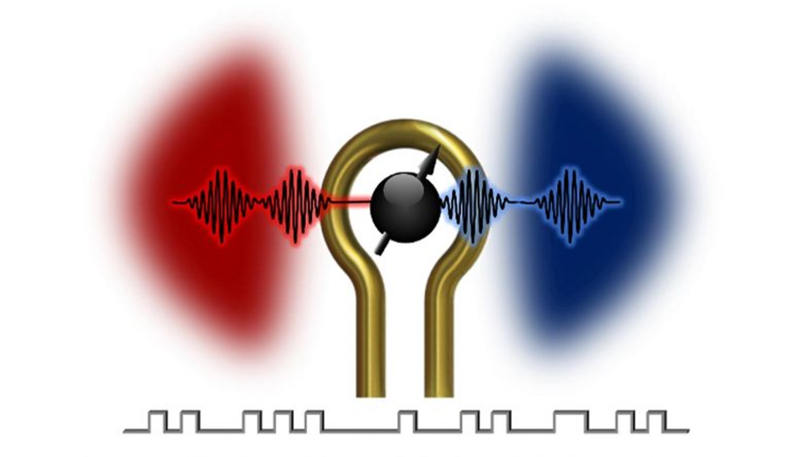Revolutionizing Data Processing with Electromagnonics
Written on
Chapter 1: The Future of Information Processing
In an era where vast amounts of data are generated continuously, improving data transfer capabilities is increasingly essential—especially with the advent of quantum computers. A recent study highlighted in February examined the minimal time required for intricate quantum operations, emphasizing the significance of research on electronic gates.
Electronic gates serve as vital components in information processing within computers, acting as gatekeepers that facilitate the flow of data. However, this definition is somewhat simplistic; in reality, these gates must operate at speeds far exceeding a mere blink of an eye.
Employing a method known as 'Electromagnonics', scientists at the U.S. Department of Energy's Argonne National Laboratory and the University of Chicago's Pritzker School of Molecular Engineering have introduced an innovative approach to gate operation. This method has potential applications in signal switching, low-power computing, and quantum networking.
This groundbreaking discovery enables instantaneous control of information transmission between microwave photons and magnons. Microwave photons are fundamental particles that constitute electromagnetic waves, such as those utilized in wireless communication. In contrast, magnons represent "spin waves"—oscillatory disturbances within an organized arrangement of spins in certain magnetic materials.

“Numerous research teams are integrating various types of information carriers for processing. These hybrid systems could facilitate practical applications unattainable with a singular type of information carrier.”
~ Xufeng Zhang, Lead Researcher
Researchers believe that this hybrid system could lead to practical uses that current single-type information carriers cannot achieve. For years, scientists have aimed for coherent gate operation, which involves controlling the on, off, and duration of the interaction between magnons and photons. In theory, this is possible through rapid adjustments of energy levels between the two.
However, achieving this control typically takes longer than the magnon's lifespan of about 100 nanoseconds. For effective rapid tuning to take place, the timing must occur within this 100-nanosecond window.
To address this challenge, the research team employed a novel technique that involves tuning energy levels, enabling quick transitions between magnonic and photonic states within 10 to 100 nanoseconds. Their findings revealed the ability to regulate information flow, allowing it to reside entirely in photons, entirely in magnons, or in an intermediary state. This advancement is made feasible by a new device design that permits nanosecond-level adjustments to a magnetic field, which governs the magnon energy level.
Notably, the technique's most significant advantage is its applicability not just in classical computing, but also in manipulating magnonic states within quantum systems.
Complete research findings were published in the Journal of Physical Review Letters.

Chapter 2: Insightful Videos on Electromagnonics
The first video titled "Next Generation Expansion Microscopy using Magnify: Future of Nanoscale Biological Imaging" explores advanced techniques that may enhance biological imaging at the nanoscale, showcasing the potential future applications of these technologies.
The second video, "Magnonics - Lecture 10 - Spin-wave data processing," provides an in-depth lecture on spin-wave data processing, delving into the fundamental principles of magnonics and its role in data processing technologies.